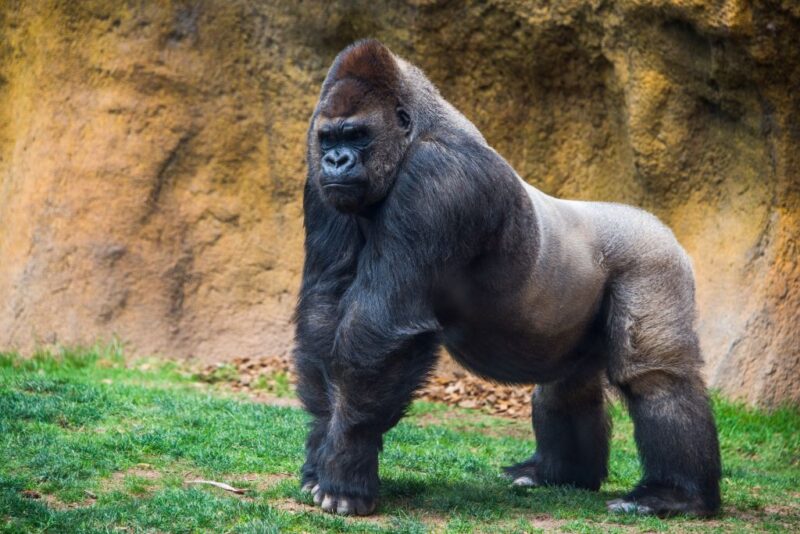Gorillas are fascinating primates and the largest living great apes, distinguished by their robust build and expressive human-like behaviors. As your close relatives, sharing a significant proportion of DNA with humans, these gentle giants exhibit a remarkable range of emotions and complex social structures.
There are two main species: the Western and Eastern gorillas, every with their respective subspecies. The Western Gorilla is similarly labeled into the Western Lowland Gorilla and the Cross River Gorilla. In assessment, the Eastern Gorilla incorporates the Eastern Lowland Gorilla, additionally called Grauer’s Gorilla, and the seriously endangered Mountain Gorilla.
Their distribution spans throughout Central and Eastern Africa, inhabiting dense forests and mountainous areas, however, despite their adaptability, gorillas face immoderate threats which have positioned them on the brink of extinction.
Key Takeaways
- Gorillas are the largest great apes and share deep genetic ties with humans, displaying complex emotional behaviors.
- They are divided into two species, the Western and Eastern Gorillas, with notable differences among subspecies.
- Conservation efforts are crucial as all gorilla species face significant threats and some are critically endangered.
Gorilla Taxonomy and Species
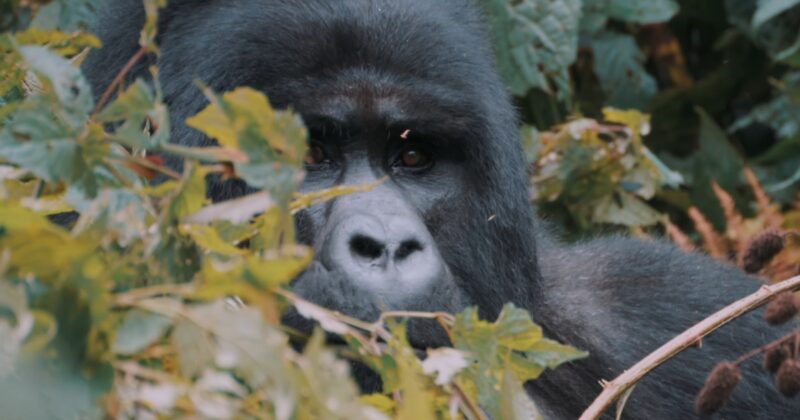
Within the genus Gorilla, you may locate two awesome species that have been recognized: the western gorilla (Gorilla gorilla) and the Japanese gorilla (Gorilla beringei). Each of those primary species is further divided into subspecies, highlighting the range inside this incredible primate family. You can find images of different species at Depositphotos.
Western and Eastern Gorilla Species
The genus Gorilla is separated into two main species based on geographic range and some physiological differences:
- Western Gorilla (Gorilla gorilla)
- Eastern Gorilla (Gorilla beringei)
Each species possesses tendencies adapted to their environments within the forests of Africa. The western gorilla is similarly subdivided into the western lowland gorilla and the Cross River gorilla. Contrastingly, the jap gorilla consists of the mountain gorilla and the eastern lowland gorilla, additionally called Grauer’s gorilla.
Recognizing Gorilla Subspecies
The identification of gorilla subspecies is primarily based on differences in their physical characteristics, geographic distribution, and genetic composition. To help you recognize these subspecies:
Western Gorilla Subspecies
- Each species possesses inclinations tailored to their environments within the forests of Africa. The western gorilla is in addition subdivided into the western lowland gorilla and the Cross River gorilla. Contrastingly, the Japanese gorilla includes the mountain gorilla and the Japanese lowland gorilla, moreover called Grauer’s gorilla.
- Western Lowland Gorilla: This is the maximum numerous and large of all gorilla subspecies.
- Cross River Gorilla: This is the most endangered gorilla subspecies, with a restricted range near the Cross River in West Africa.
Eastern Gorilla Subspecies
- Mountain Gorilla: Found in immoderate-altitude, montane forests, mountain gorillas have thicker fur to withstand cooler temperatures.
- Eastern Gorilla: These gorillas are located in lowland tropical forests, have shorter hair, and an progressed construct than the mountain gorillas.
Physical Characteristics and Behavior
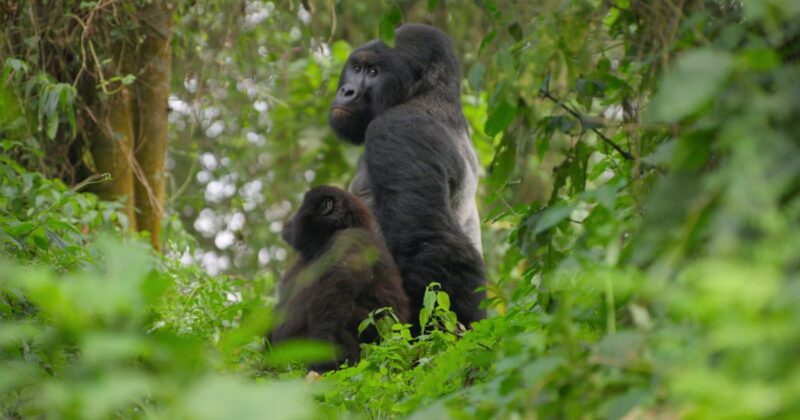
As you explore the various worlds of gorillas, you’ll locate huge versions of their bodily traits and behaviors. From their enforcing length and exceptional appearance to their social systems and dietary habits, these primates provide a compelling look.
Size and Appearance Differences
Adult male gorillas, additionally referred to as silverbacks due to the awesome silver streak on their back, can weigh up to 440 kilos and stand around five.6 ft tall while upright. Their cranium is crowned with an outstanding crest, supporting effective jaw muscular tissues. Silverbacks own a vast chest and shoulders, longer hands than legs, and large fingers and feet.
Female gorillas are usually smaller, with an average top of about four.6 feet and weighing around 220 pounds. Both ladies and men have black hair and pores and skin, however, the hair can turn gray as they age, a trade most visible in adult males.
Anatomical Highlights:
- Hair: Black and dense, providing insulation and camouflage
- Face: Bare with expressive features
- Ears: Small and set close to the head
- Arms: Longer than legs, adapted for knuckle-walking
- Legs: Strong and muscular, supporting their weight
- Skin: Thick and dark, protecting from environmental hazards
Social Structure and Diet
Gorillas primarily live in social units called troops, typically led by the dominant silverback male, who is responsible for the safety and organization of the group. The troops rest together after a day’s foraging, maintaining close bonds through grooming and other social interactions.
Their diet is herbivorous, consisting mainly of:
- Leaves: A substantial portion of their diet
- Stems: Selected for their nutritional value
- Bamboo: In some habitats
- Fruits: Seasonal availability affects their inclusion
Gorillas’ large stomachs allow for extended digestion of tough plant material. They also drink water, supplementing their moisture intake from the foliage they consume.
Habitat and Distribution
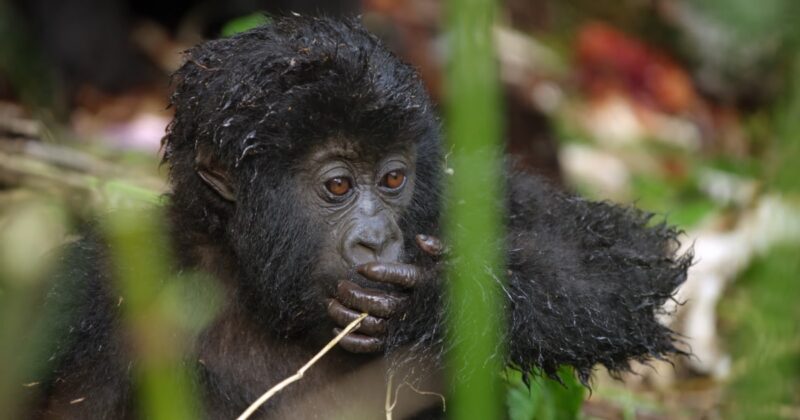
Gorillas, the largest primates, occupy distinct habitats in tropical and subtropical forests in central Africa. Your understanding of their distribution is vital to grasp how various species have adapted to specific regions and the critical issues they face due to habitat loss.
Ranges of Different Gorilla Groups
Western Gorillas primarily reside in the lowland tropical rainforests, extending to the swamp forests of central Africa. Their range includes countries like Gabon, Congo, Cameroon, Central African Republic, and Equatorial Guinea.
- Western lowland gorillas are the most populous, inhabiting the dense forests and swamps of the Congo River basin.
- Cross River gorillas are found in a small region at the border between
- Nigeria and Cameroon, occupying scattered forest fragments.
Eastern Gorillas are broken up into species, the Eastern lowland gorillas and Mountain gorillas:
- Eastern gorillas stay in the lowland tropical rainforests and mountainous forests ranging from the Congo to the western border of Rwanda and Uganda.
- Western gorillas have the most limited range, limited to the cloud forests of the Virunga Mountains and Bwindi Impenetrable National Park, located at the intersection of Uganda, Rwanda, and the Democratic Republic of the Congo.
Impact of Habitat Loss
Gorilla populations are critically stricken by habitat destruction, which includes deforestation for agriculture, illegal mining, and the encroachment of human settlements. This trouble predominantly threatens the rainforests and lowland forests they call domestic.
Subsistence farming and industrial agriculture are the main to systematic deforestation, squeezing gorillas out of their natural habitats.
Illegal mining sports, especially for coltan used in digital gadgets, reason environmental degradation and forest fragmentation, keeping apart gorilla populations and increasing the difficulty in their survival.
The lack of habitat no longer diminishes the gap gorillas need to thrive however also contributes to conflicts with humans and intensified poaching incidents. The rainforests of Central Africa, vital to gorilla survival, continue to go through widespread changes, immediately influencing the future of those fantastic primates.
Conservation Status and Efforts
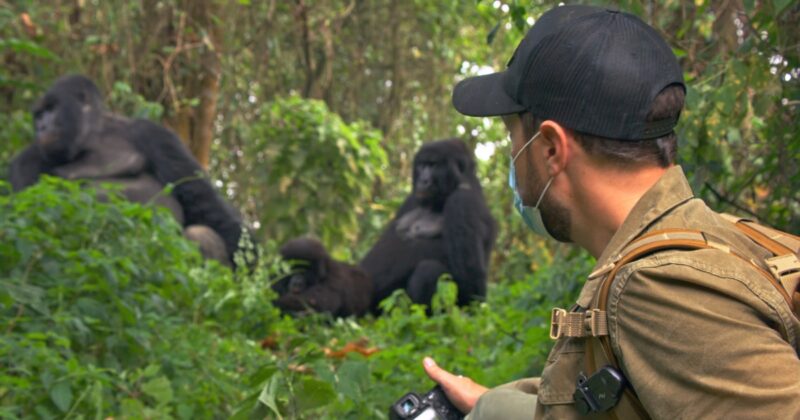
Your understanding of gorilla conservation begins with recognizing the dire status of these magnificent animals and the rigorous efforts being made to ensure their survival.
Threats to Gorilla Populations
The Western Gorilla species, which includes the Western Lowland and Cross River gorillas, face the alarming fame of being listed as “Critically Endangered” on the IUCN Red List, which means they are in extraordinarily high danger of extinction inside the wild.
- Illegal searching continues to diminish populations, with gorillas being killed for bushmeat or as trophies.
- Expansive logging and agricultural clearance in nations just like the Democratic Republic of the Congo contribute to enormous habitat destruction.
- Outbreaks of the Ebola virus have the potential to devastate gorilla businesses, as they do with humans.
Protective Measures and Organizations
A variety of conservation measures are actively being employed to safeguard gorillas. This includes anti-poaching patrols and law enforcement, as well as habitat protection and restoration.
- Groups like the World Wildlife Fund (WWF) paint tirelessly not simplest to maintain gorilla habitats but also to minimize the unlawful bushmeat exchange.
- Engaging local communities in conservation and presenting opportunities and livelihoods are critical aspects of shielding gorillas from poaching and habitat loss.
As we delve into the diverse world of jungle creatures, it’s fascinating to learn about the most prominent and awe-inspiring species, including those listed in our exploration of the largest jungle animals.
FAQs
Are all gorillas the same species?
No, gorillas are not all the same species. There are two species—Eastern and Western gorillas—each with two subspecies. The Eastern species includes the Eastern Lowland and Mountain Gorillas, while the Western species is made up of the Western Lowland and Cross River Gorillas.
Could a human take a gorilla?
No, a human could not overpower a gorilla in a physical confrontation. Gorillas are distinctly robust, with the capacity to exert pressure several times that of a human adult. They are the largest primates and have enormous muscle mass and strength.
Are gorillas intelligent?
Yes, gorillas are highly intelligent. They exhibit advanced behaviors such as problem-solving and emotional expression. Gorillas can learn sign language, use tools, and have complex social structures, demonstrating their mental capabilities.
Do gorillas recognize human babies?
Gorillas are known for their strong emotional responses and have been observed showing interest in human infants. While there is no conclusive evidence of popularity analogous to the human popularity of toddlers, their widespread interest and mild demeanor propose they word and are touchy to the vulnerability of human babies.
The Bottom Line
In summing up the facts on gorilla sorts, you have discovered that the genus Gorilla is split into two primary species: the Eastern gorilla and the Western gorilla.
Understanding their habitats, behaviors, and conservation status has been more desirable. Each gorilla kind is uniquely tailored to its surroundings and faces exclusive tiers of threats that often stem from human activities.


